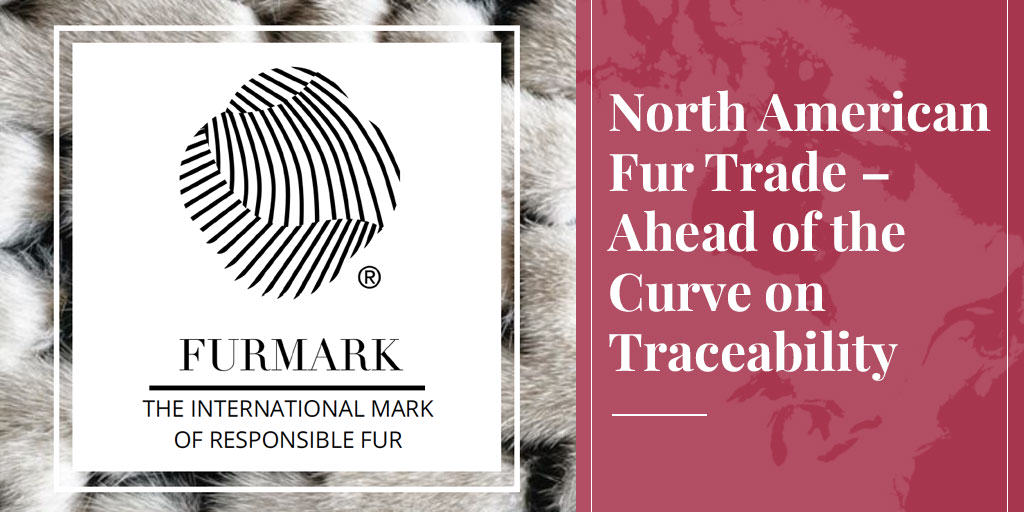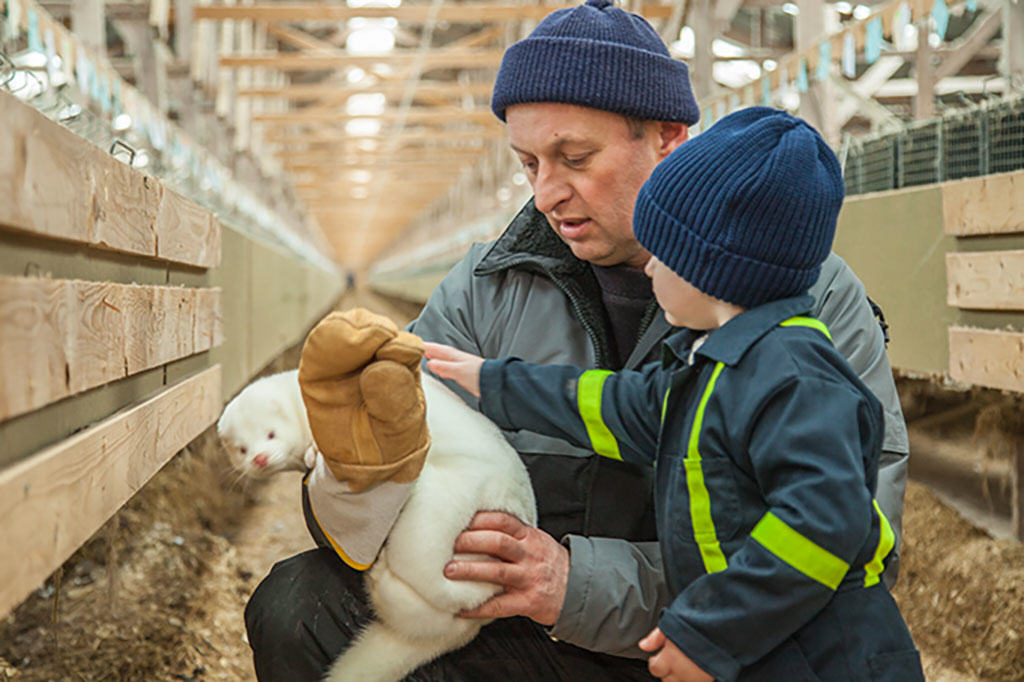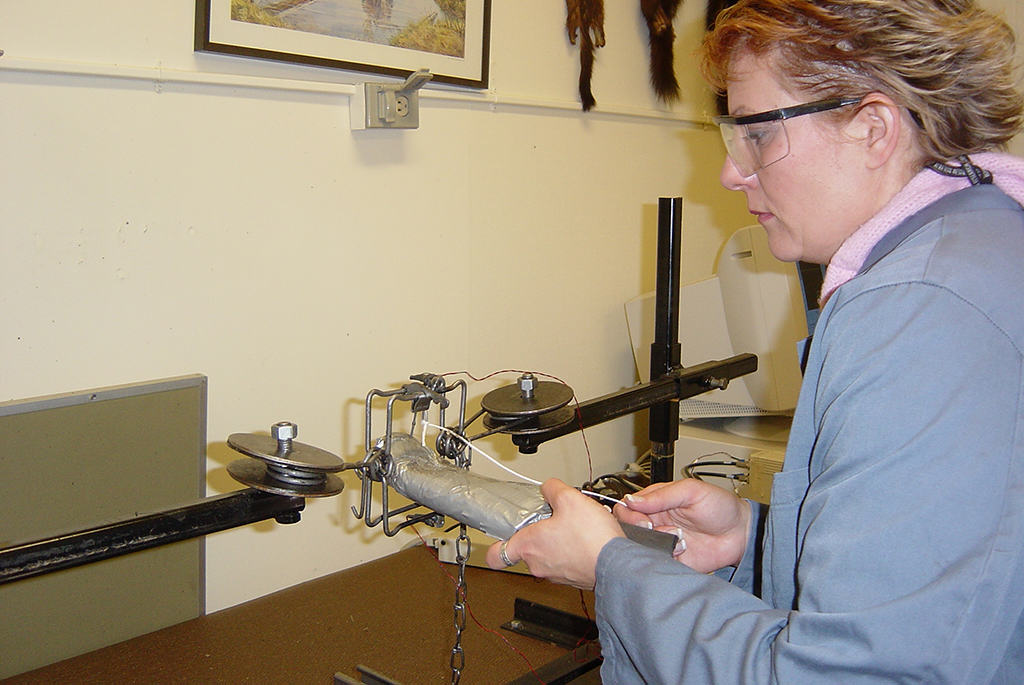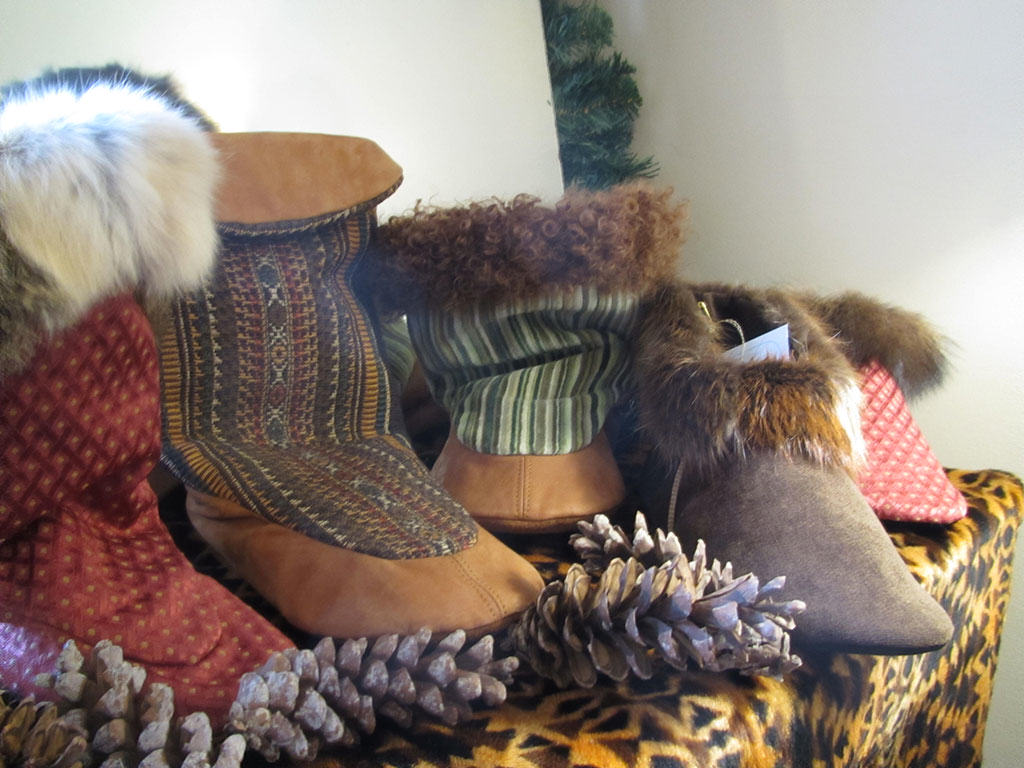
Consumers today have expectations about everything they buy, from electronics to clothing to furniture — and manufacturers and retailers of these products are being held to ever higher standards. A big part of consumer confidence is the traceability of products they buy, and the good news for the North American fur trade is that we are well ahead of the curve.
If we order fish in a restaurant, we want to know that it’s safe to eat. Hopefully, it also came from a sustainably harvested stock, and the people who processed it enjoy good working conditions. We want our meat to be free of harmful drugs, and to come from farms that observe high animal-welfare standards. Traceability becomes more complicated, of course, when raw materials come from several countries, the product is assembled in a different country, and sold in yet another.
While most industries are running just to keep up with emerging traceability requirements, the North American fur trade has a head start. After years of having every aspect of our operations closely scrutinized, today we are a world leader in the key standards of animal welfare and sustainability. We are also perfectly positioned to meet the standard of traceability now being demanded by consumers.
Development of FurMark

This was clearly revealed when the international fur trade began looking into the development of a new global program called FurMark. This promises to be “an independent, world-class comprehensive certification and traceability program that addresses and assures sustainability and animal welfare.”
The impetus for FurMark began with fur farmers and the European fur trade wanting full traceability for their products, to satisfy the requirements of international fashion companies. The desire was for a mark or brand, backed up by a certification program that could assure everyone in the supply chain that the fur they were buying met prescribed standards of animal welfare and sustainability. That motivation has since spread globally, and a full roll-out of the program is now targeted for 2020.
While originally intended to provide reassurance about farmed fur, producers of wild fur inevitably also wanted to be part of this important new program. In response, experts in North America compiled a full list of requirements to assure standards of animal welfare, sustainability and traceability, from the trapline to the finished product. The initial goal was just to make a list and see where there might be any gaps, but then a funny thing happened. When everything was put on the table, it was discovered that there really weren’t any significant gaps beyond some proprietary technology issues (related to things like coding and tags).
In essence, standards and traceability for wild fur were already fully assured by way of a full suite of government, industry and independent requirements and documentation (including, but certainly not limited to, the Agreement on International Humane Trapping Standards, CITES, ISO standards, etc.). Those elements support the highest possible levels of regulation, science, permits, enforcement, traceability, animal welfare and sustainability. Everything that was needed was already there!
North American Wildlife Conservation

The fact that everything was already in place for an effective traceability program will not really surprise anyone who understands how North American wild fur is produced. Our wildlife conservation model is the best in the world, and the wild fur trade is a very important part of that model.
Just consider the basics of wild fur. Animals are taken only from abundant populations, with a focus on achieving balanced ecosystems with protections for threatened or endangered species. Trappers are trained in the use of traps that have been rigorously tested using the most advanced scientific methods to assure animal welfare. Trappers also function as providers of scientific data to professional wildlife managers. The pelts they harvest are then tracked all the way from the dealers who first purchase them, to the auction houses, and on to their final buyers. And at every stage there are strict government regulations and permitting and licensing systems, all backed up by science.
In short, the North American model not only works, it exceeds expectations. When our wild fur experts finished studying how to be compliant with FurMark, they realised they had already put decades of work into an issue that many other industries are still struggling to catch up with.
Cloud-Based Blockchain
To ensure traceability, FurMark comes with a cloud-based blockchain system with a company called ChainPoint that will trace pelts from the auction houses through all the stages of manufacturing.
Fur farmers will attain FurMark certification by undergoing animal welfare and environmental audits by independent third parties.
Dressers and dyers will also be subjected to independent testing and certification. They must use only chemicals from an approved list; undergo government inspections of factory outputs; and agree to random spot-checks of dressed/dyed pelts to ensure compliance.
But it is not FurMark alone that will be providing assurances. Auction houses, manufacturers and retailers are developing their own programs to compliment and enhance the FurMark effort.
Animal welfare in the North American wild fur industry is supported through the Agreement on International Humane Trapping Standards, ISO standards, Best Management Practices, and various Federal, State, Provincial and Territorial regulations that ensure traps and trapping meet the most stringent, scientifically proven humane harvesting standards.
Humane, Sustainable, Traceable

So what does all this mean?
If you are a North American producer of fur, be it a farmer or a trapper, it means you should be proud of all you have in place to ensure that your harvests are humane and sustainable, and that the end products will soon be more traceable than ever before.
For trappers, it means there are no further government or industry regulations needed to achieve traceability or consumer reassurance, because they already exist and are working extremely well. Canadian fur farmers have adopted codes of practice developed by veterinarians and animal scientists under the auspices of the National Farm Animal Care Council, and are now putting into place a system for third-party audit and certification.
If you work in other sectors of the fur trade, from the auction house to the retailer, it means you are buying and selling a sustainable product that comes with all the standards and traceability that a modern industry should have.
And most importantly, if you are a consumer thinking about buying North American fur, it means you can do so with the utmost confidence that you are making a responsible choice.











Put a stamp on it and call it ethical. Of course, it’s largely a matter of opinion. One persons idea of good treatment may seem horrible to someone else. If you are buying farm raised fur, you don’t have too much consideration for animals anyway. If you buy wild fur, they probably killed off the predators (typically a nasty business in itself) to create more fur. At least they are trying to root out the worst of the worst…maybe.